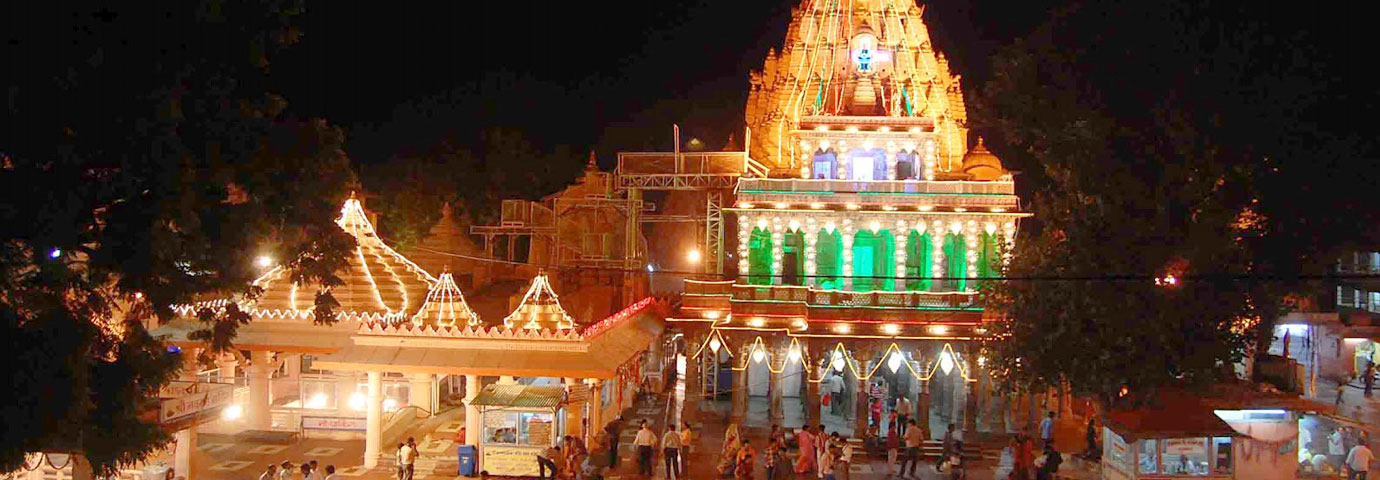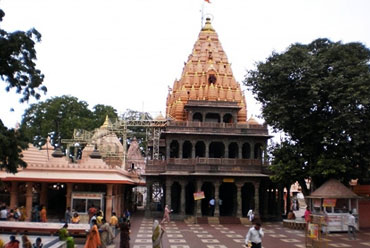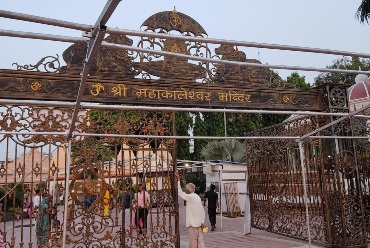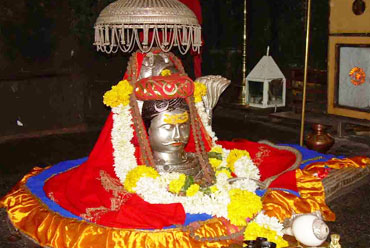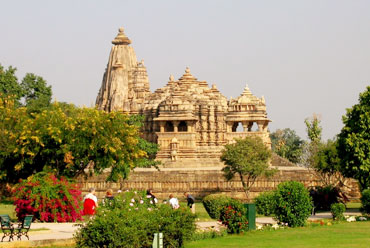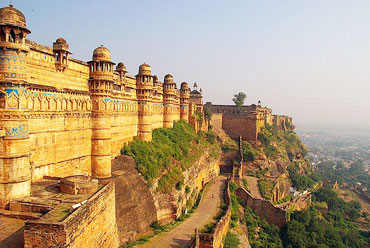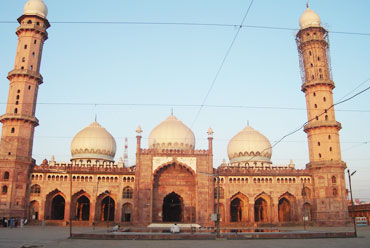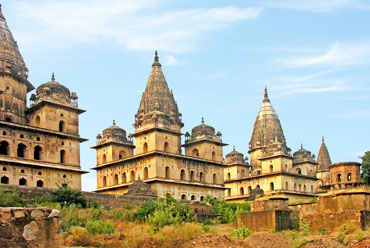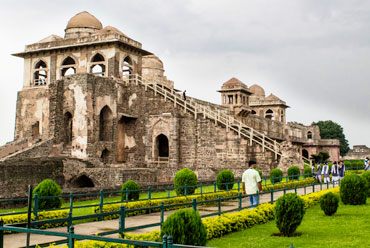Location
Situated at a distance of 56 km from Indore, the ancient town of Ujjain is one of the holiest cities for Hindus. It is situated on the bank of the sacred river Shipra in the central Indian state of Madhya Pradesh.
History
Part of an ancient trade route, Ujjain was an important city under King Askoka's father but was known as Avantika at that time. Later, Chandragupta II ruled from here instead of his actual capital Pataliputra. It was at his court that the famous poet Kalidasa, one of the Hinduism's most revered poets, wrote the Meghdoot with its famous lyrical description of the city and its people.
"The town fallen from heaven to bring heaven on earth" wrote Kalidasa about Ujjain. He added, "if heaven is a magnification of Ujjain, then it must be a very interesting place indeed. This is the home of Shiva as Mahakal, he who allocates the existential time of all cosmic manifestation". According to an ancient Hindu calendar, the first meridian of the planet earth passes through Ujjain, making Ujjain time the universal time coordinate. The river Shipra that passes through Ujjain is held as sacred as the Ganges. Ujjain is also one of the sites of the Kumbh Mela, the greatest religious congregation of the Hindus.
In its long history, Ujjain has changed hands many times and has been introduced to many other religions and cultures. In recent times, the Marathas, Muslims and Christians too have tried to make their presence felt but it has retained its Hindu essence and the influence of the other religions has been minimal.
It finds mention in the Hindu mythological tale of churning of the cosmic ocean by the gods and the demons, with Vasuki, the serpent as the rope. It is believed that the ocean bed first yielded fourteen gems, then Lakshmi, the goddess of wealth, and finally the coveted vessel of Nectar. In the wild scramble for immortality, with the demons chasing the Gods across the skies, a few drops of the Nectar spilt from the vessel and fell at Haridwar, Nasik, Prayag, and Ujjaini or the present Ujjain.
The indomitable spirit of Ujjain is best exemplified by the legend of a tree associated with it. On the outskirts of Ujjain is an ancient banyan tree named Siddhwat. The tree is believed to possess extraordinary spiritual vibrations and holy men meditate under it while lay devotees worship it as they do the other gods. According to the legend, a ruler once sought to destroy the tree as an expression of his authority, in spite of his subjects begging him to spare it. The ruler mocked their sentiments and said that if the tree were actually spiritually evolved, it would grow back in spite of his assault. So, he had the tree cut down and covered the mutilated stump with seven iron plates. By the next morning, the tree had burst through the iron plates and come back to its original size. The tree is still alive and the object of redoubled veneration.

